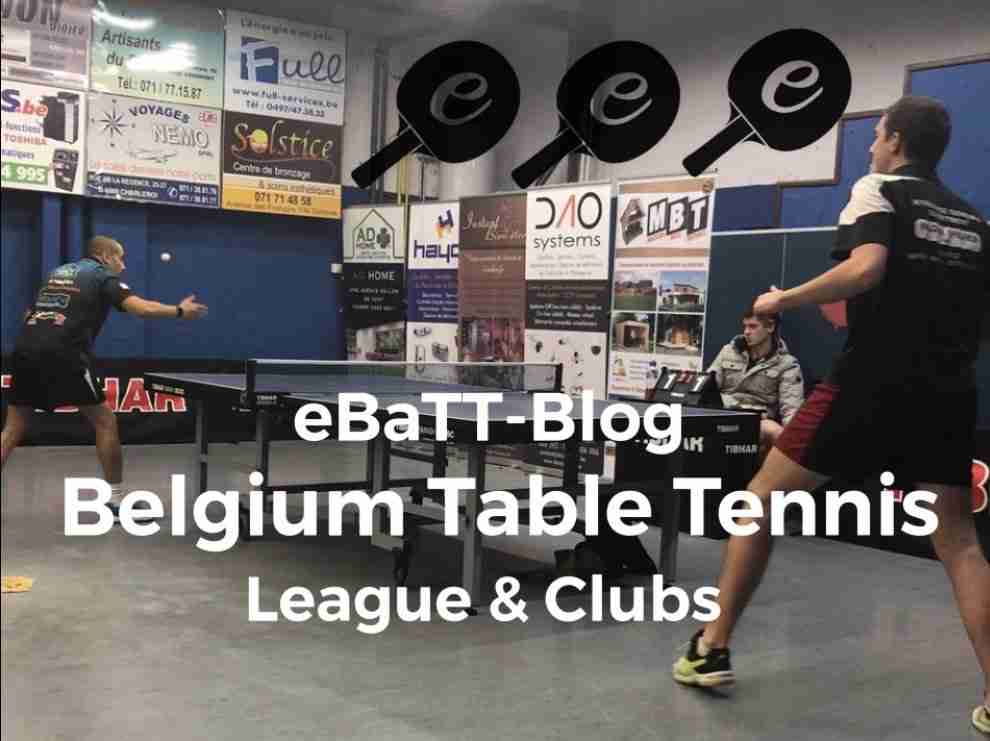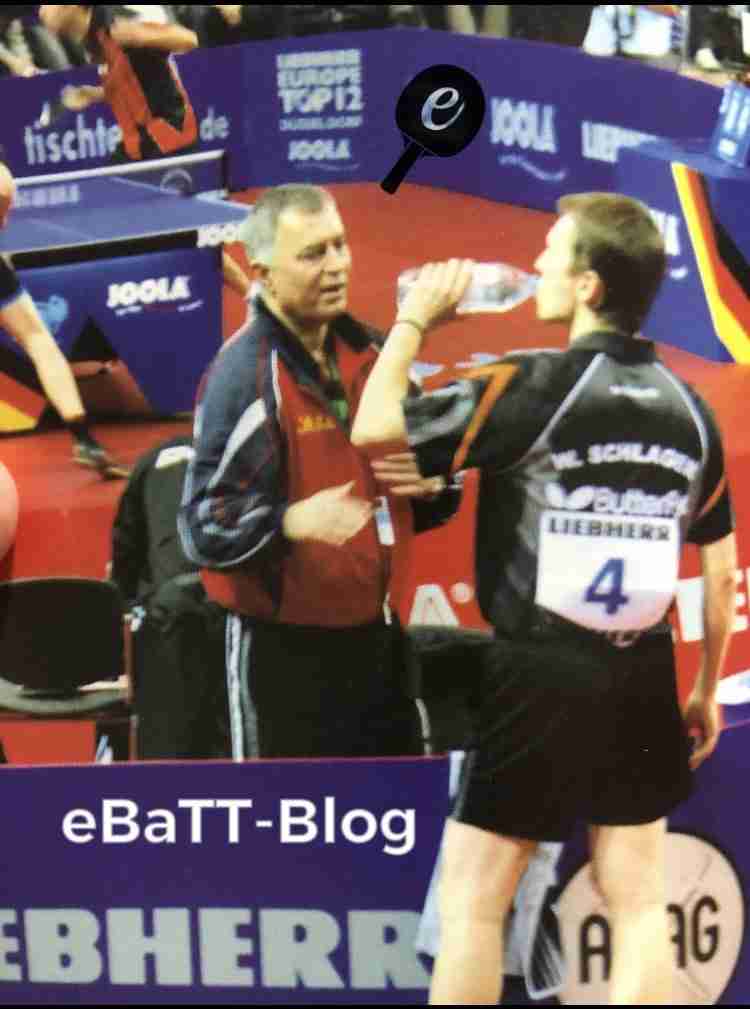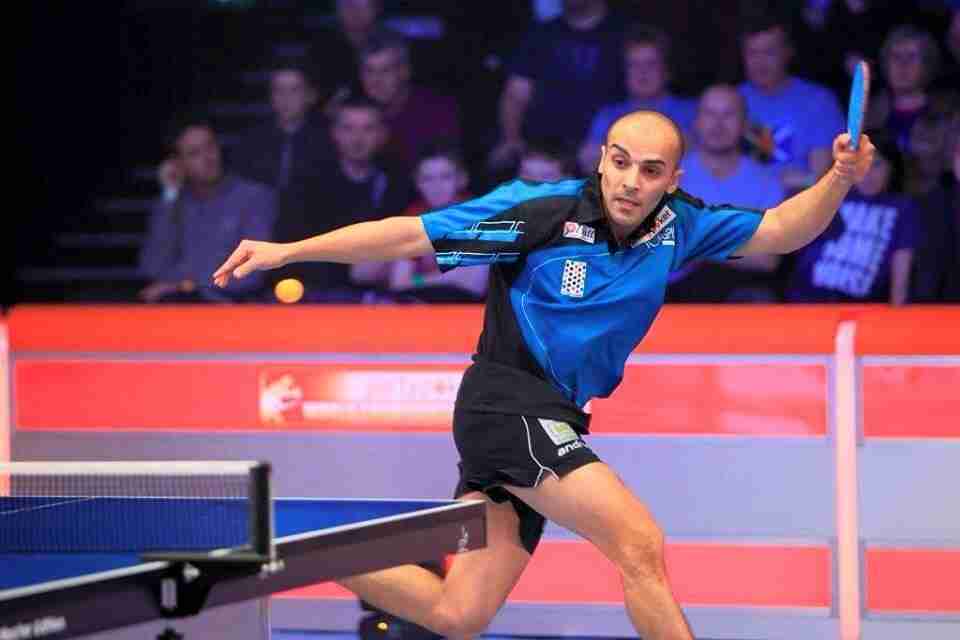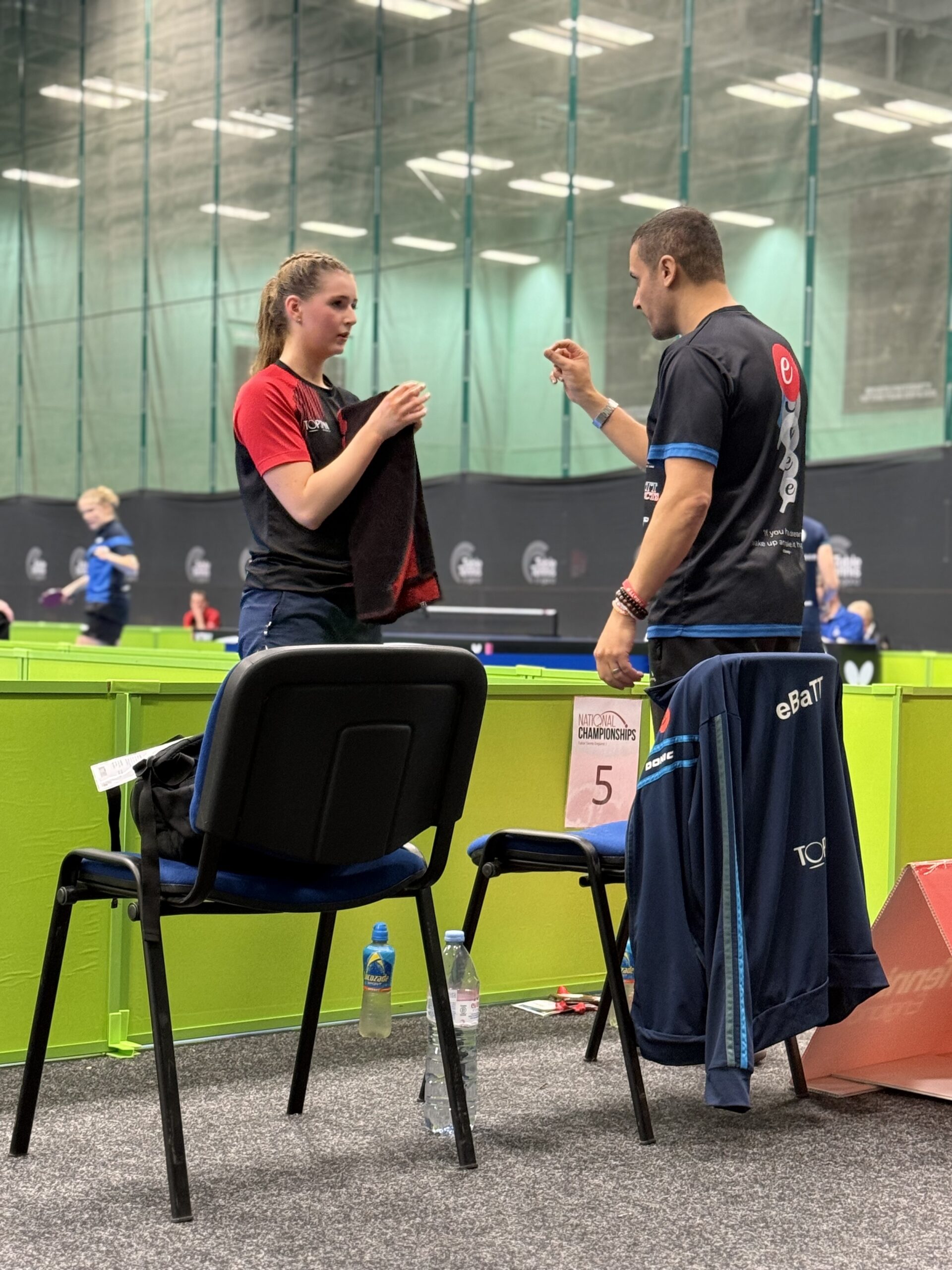
Table Tennis Rules
Most people who play or have played know the basic rules in table tennis. If you don’t here’s a link for table tennis rules. Table

Most people who play or have played know the basic rules in table tennis. If you don’t here’s a link for table tennis rules. Table

Wow, the table tennis culture in Belgium is so different. Playing table tennis in the Belgium League Nearly 20 years ago I played in Belgium

A table tennis tactic which is thought of is actually irrelevant if you’re unable to execute it. Having a tool is useless if you don’t

Have you ever asked yourself, how important is a table tennis rally? We all love having a long table tennis rally and of course, winning the

Players often ask me how can I improve my table tennis game? The simple answer I enjoy giving “hire me as your coach” lol. Improve

How I uplift my player’s games by having table tennis targets on the table. I’m going to explain the benefits of my methods below. I
We are often told, that was a high-risk table tennis shot, or we tell ourselves that was a poor shot selection. After one or two

Table Tennis tactics can win or lose you a match, even though you may or may not have the better technical shots. Growing up, I

One of the hardest things to improve is your table tennis ball placement. I think most of us see the top player hitting the ball hard,







eBaTT – Table Tennis Centre
Our Table Tennis Club is a dedicated table tennis centre based in North West London. We provide and cater for anyone and everyone. This includes; table hire, group coaching, adult coaching, service & receive clinics, senior citizen coaching, open club play, tournaments, events, ping pong birthday parties and we pride ourselves on being welcoming and friendly to all.
We are open 7 days a week offering a huge variety of open & closed, coaching & non-coaching group sessions
Get the latest updates by providing your email to us and thus becoming a subscriber to our newsletters, (once a month).